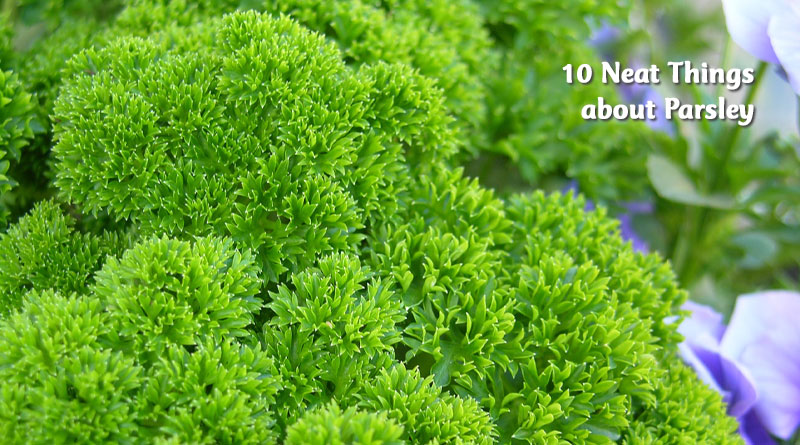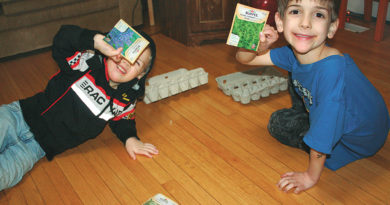About Parsley
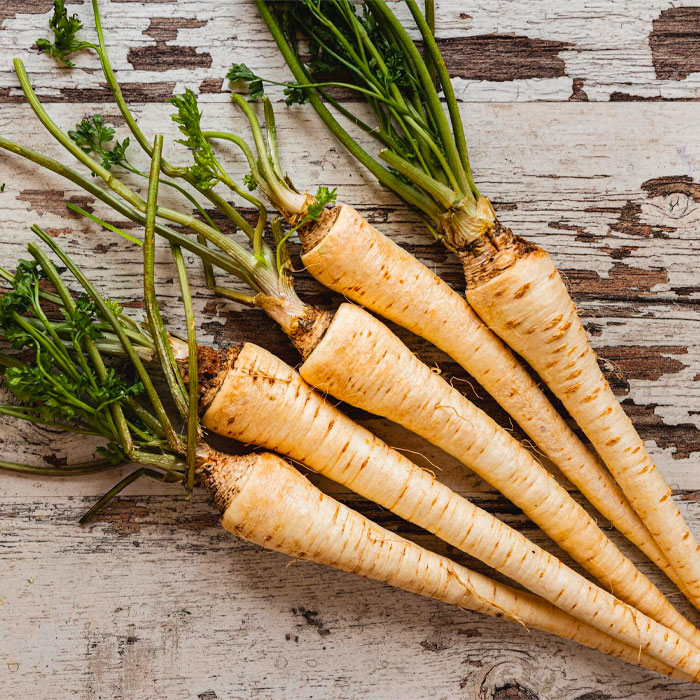
1. Once or twice.
Parsley, Petroselinum crispum, is a biennial in temperate zones of the world and an annual in very warm or very cold locations. When it grows as a biennial it develops a tap root that is used to store its overwintering food. Some are grown as root vegetables (P. crispum tuberosum) and used like carrots or eaten raw. It looks like a parsnip, but tastes nothing like it.
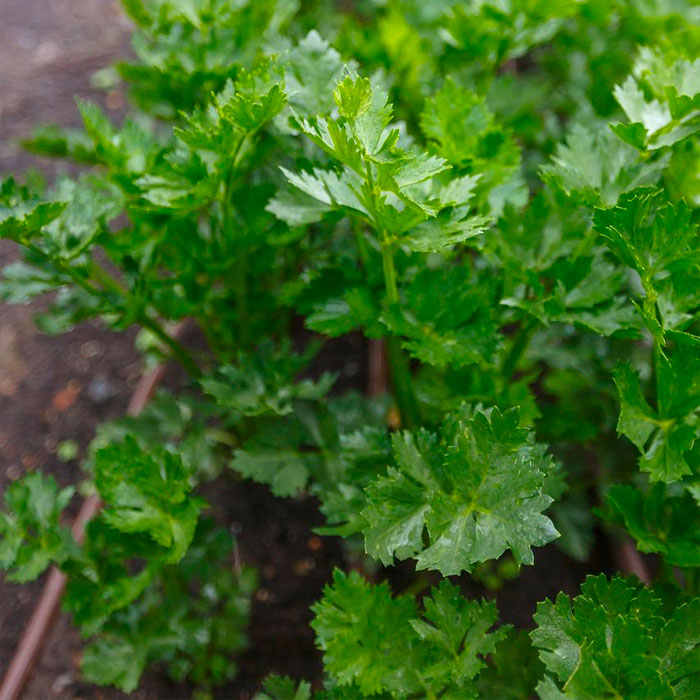
2. How does your parsley grow?
Well-drained, moist soils in full sun make a parsley plant very happy. She will reward with brilliant green leaves and lots of flavour.
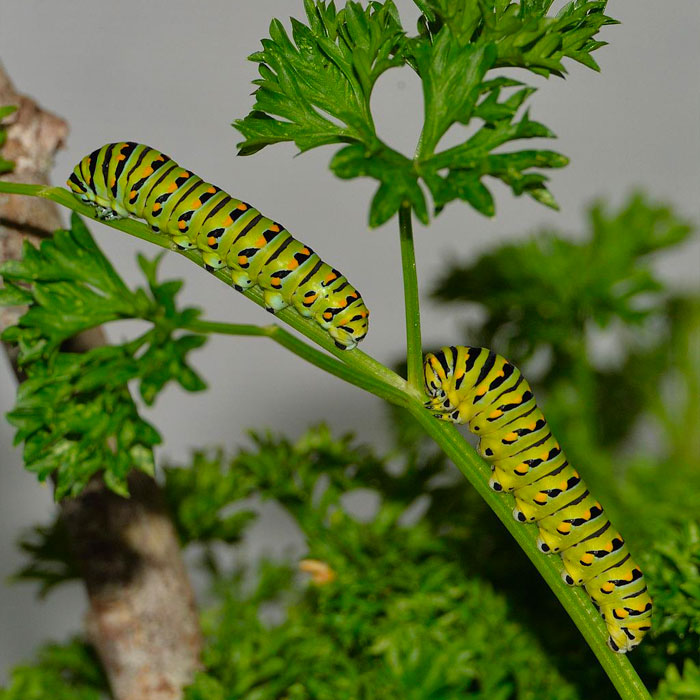
3. Come, come sweet swallowtail.
Parsley attracts the beautiful black swallowtail. The caterpillars are just about as pretty as the adult butterfly, with attractive green and black stripes and with yellow highlights.

4. Parsley salad.
Although often relegated to the role of garnish, parsley shines when it is given a chance to take main stage as in the salad, tabbouleh (also spelled tabouli, taboule, or taboli). This delicious Lebanese dish is made up of chopped parsley, cracked wheat, lemon, olive oil, chopped tomatoes and, sometimes, mint.
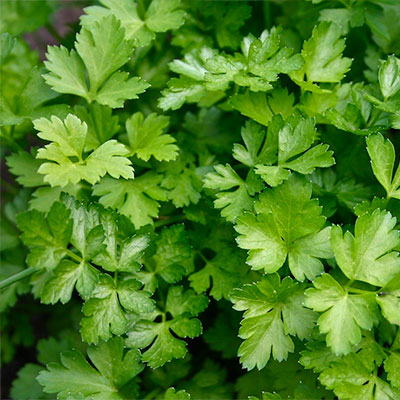
5. Flat or curly – what’s the difference?
They are basically the same plant – curly is Petroselinum crispum, flat is Petroselinum crispum neapolitanum. Gastronomically, flat leaf parsley is stronger in flavour but the two can be readily substituted one for the other in cooking. Stems taste stronger than leaves and are excellent for use in a bouquet garni when added to soups or stocks.
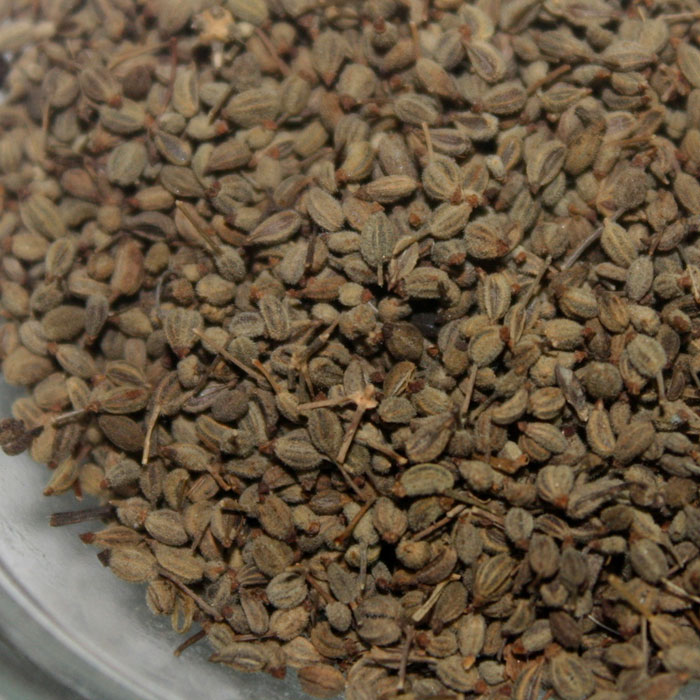
6. Parsley in the medicine patch.
Parsley root and seed have been used as a diuretic and the leaf as a relief for gas. However, both these actions of the plant are comparatively gentle. The volatile oil of parsley contains toxic substances like apiol and myristicin, which have been implicated in miscarriages so the roots or seeds should never be used by pregnant women. It is also used as a breath freshener and, topically, to relieve insect bites and cracked or chapped skin. It is used by the cosmetics industry as a fragrance.

7. To hell with you.
Parsley has, for some reason, been associated with the devil and evil. Satan was said to control parsley, perhaps because of its long germination time. It was thought that the seeds had to visit Hades several times before they could germinate. Good Friday was the only day when parsley’s evil powers could be overcome. Parsley was also sprinkled over graves and it was a common saying of people who were in danger of death that they were “in need of some parsley”.
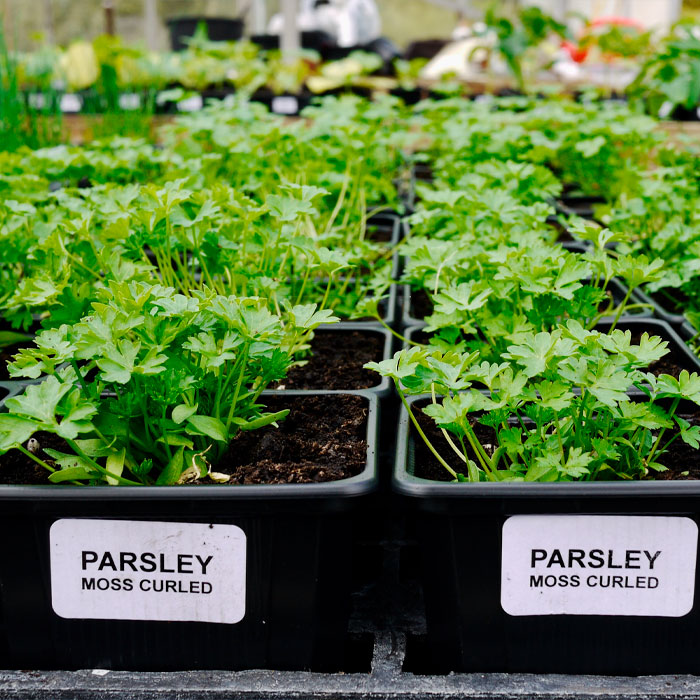
8. Slow starter.
If you are planning to plant parsley from seed, start by soaking the seeds in warm water for 24 hours, then expect a wait of four to six weeks before the plants emerge. Some people suggest placing the seeds between damp paper towels, then in a zip lock container with some air introduced, then on top the fridge. Once they have sprouted, you can transplant the seedlings to your soil or growing medium or a mixture of both.
9. Friends of parsley in the garden.
Parsley benefits from being grown next to chives, carrots, corn, sweet peppers, onions peas and tomatoes. Do not grow them next to mint or lettuce. Planting them around roses adds to their fragrance.
10. Parsley, Sage, Rosemary and Thyme.
Simon and Garfunkel chose this quartet of herbs as a title for the smash album released in October 1966. It quotes lyrics from the song Scarborough Fair. The romantic lyrics contained a subtext in the background that hinted of war and darker things.
Dorothy Dobbie Copyright©
Pegasus Publications Inc

